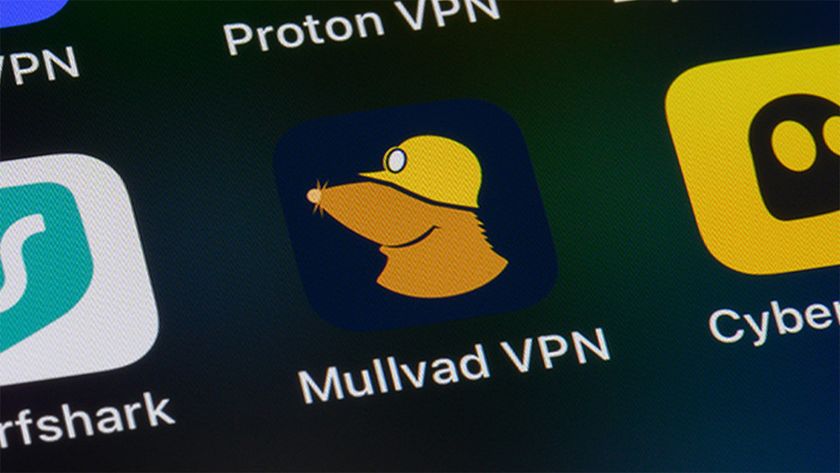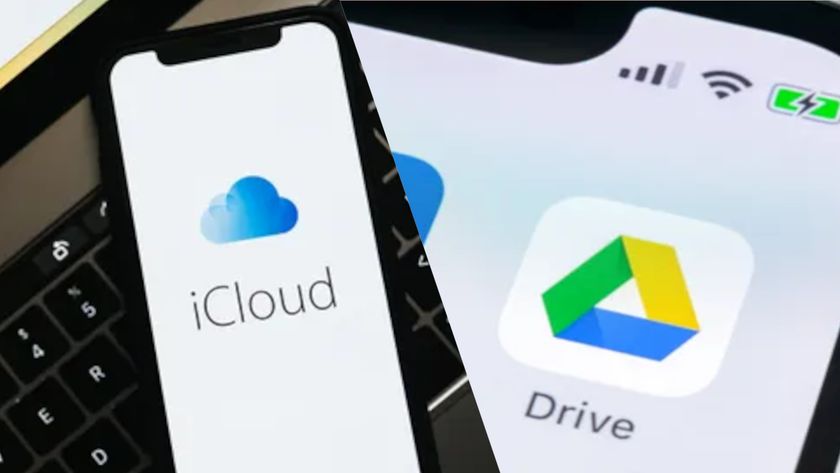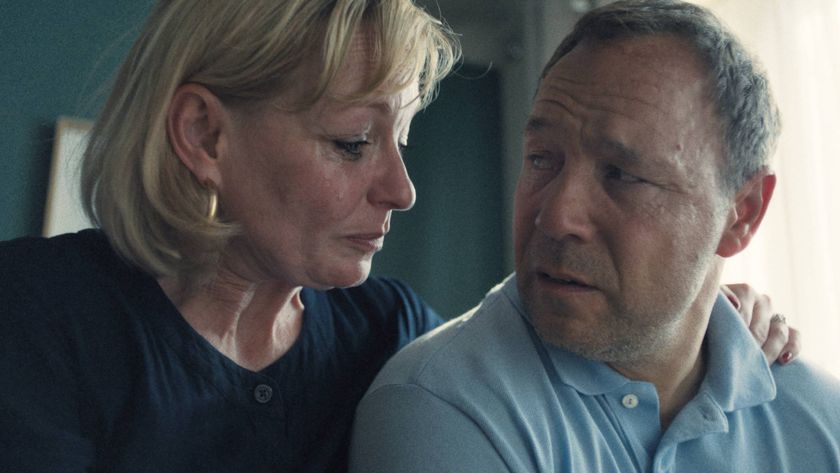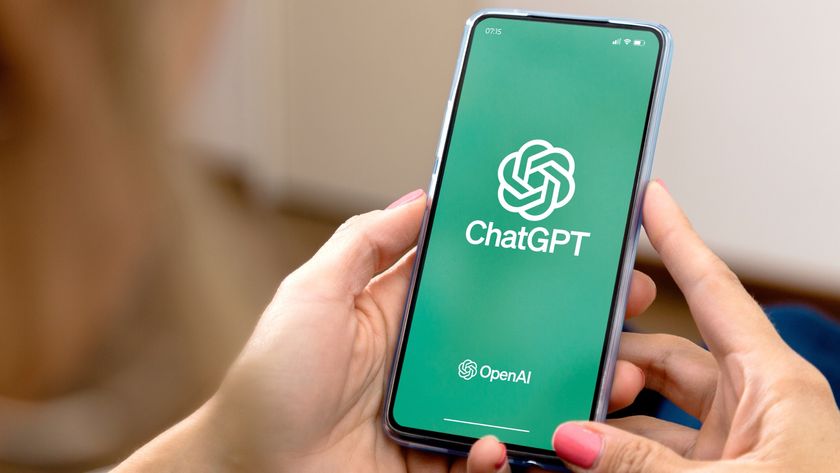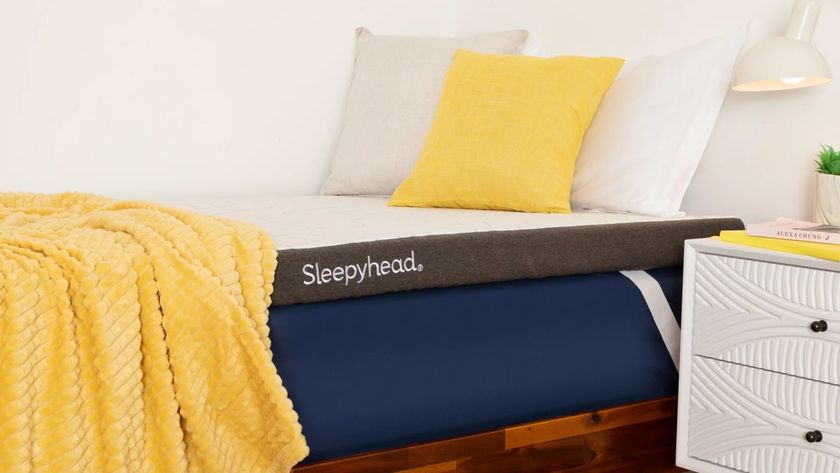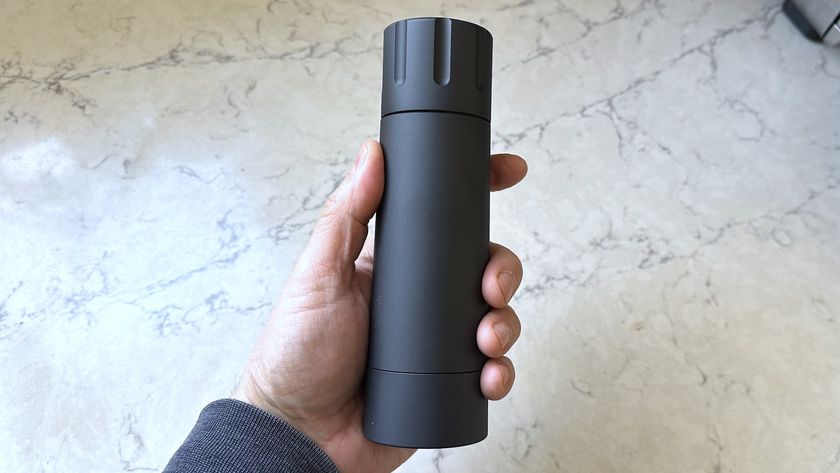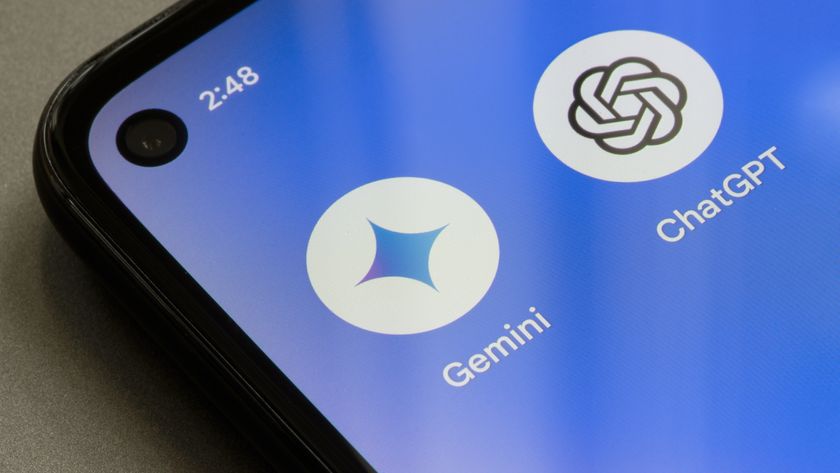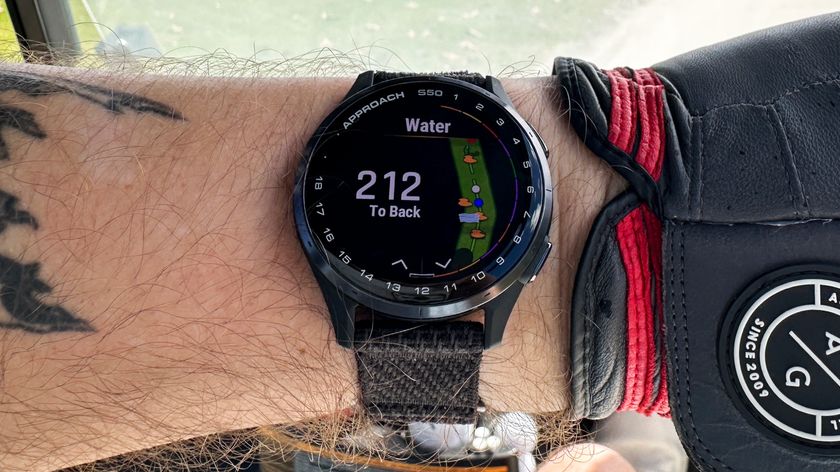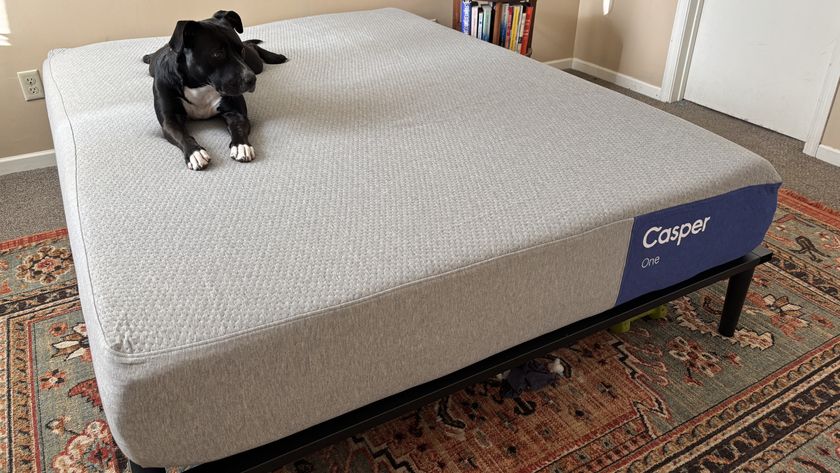YouTube TV: The Good, the Bad and the Ugly (So Far)
YouTube TV, Google's cable replacement service, is available for cord-cutters everywhere. Here’s what works and what doesn't.
Sling TV demonstrated that there was a demand for cheap(ish) cable replacement services, delivered over the Internet. PlayStation Vue iterated on the design and delivered an even better service, and DirecTV Now tried its hand at expanding the channel selection -- and failed.
Now, YouTube TV ($35 per month) wants a piece of the pie, and it’s burst onto the scene with very little preamble from its parent company, Google.
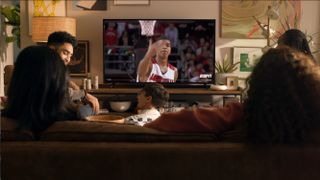
While my full review of YouTube TV is still in the works, I wanted to give you my initial impressions of the service, having installed it this morning and used it intermittently until this afternoon. In a nutshell: It’s competent, but not impressive. The mobile app is pretty and snappy, and the PC interface works as advertised. On the other hand, the channel selection isn’t all it could be, and it suffers from some device limitations that will take time to work out.
Here’s what works, what doesn’t and what’s just strange.
The Good
From the moment you start it up, it’s pretty easy to find content to watch on YouTube TV. The Home screen offers you new shows to record, live TV you might enjoy watching, movies on demand, sports teams to follow, a list of popular shows, YouTube originals and more.
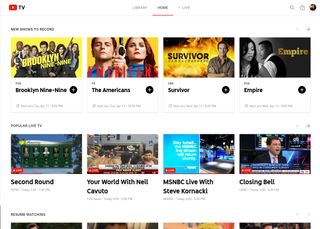
Over time, the app learns your preferences, and starts recommending content you’ll really like — the latest episode of a show you’ve been watching, or a movie in a series you follow, and so forth.
If DVR is your thing and you feel that you left it behind with your cable or satellite subscription, YouTube TV can help fill the on-demand hole in your heart.
The Library section is similarly clean and easy-to-use. As you tell YouTube what you want to watch, it will record every instance of a show available, and keep the recordings almost indefinitely. Think of it as having a DVR with infinite space. PlayStation Vue is fairly generous with its DVR options, but YouTube TV sails right past it; Sling TV’s DVR-in-beta lags far behind, while DirecTV Now offers nothing.
If DVR is your thing and you feel that you left it behind with your cable or satellite subscription, YouTube TV can help fill the on-demand hole in your heart.
The Live TV section also shows live previews of channels when you run your finger or your mouse over them. It’s a relatively low-bandwidth way to give you an idea of what’s on without committing to a certain show.
MORE: How to Sign Up for YouTube TV
The Bad
Other reviewers have complained about YouTube TV’s channel selection, and I can’t blame them. With fewer than 40 channels at $35 per month, it’s not quite as robust as DirecTV Now, whose $35 plan offers more than 60 channels, nor as cost-effective as Sling TV, which offers more than 30 channels for $20 per month.
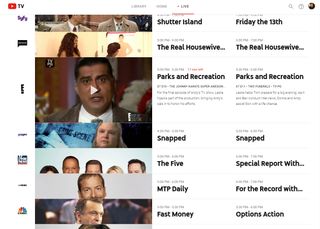
Some of the channels YouTube is missing are glaring omissions: there’s no Nickelodeon, no Discovery, no CNN, no AMC, and no TBS, among others. Sure, you get broadcast networks, but you can get those just as easily with an HD antenna.
Finding content is also not as easy as it should be due to a truly baffling design choice. I searched in vain for a way to browse by network, by genre or by on-demand availability and found nothing. At last, I clicked the search bar, and lo and behold, was redirected to a whole page of browsing options — plus a search tool, naturally. The issue is not a deal-breaker by any means, but a page that should have been front-and-center in YouTube TV’s interface is instead relegated to a function that usually does the exact opposite thing. (Users tend to browse to find general content, and search to find specific content.)
Some of the channels YouTube is missing are glaring omissions: there’s no Nickelodeon, no Discovery, no CNN, no AMC, and no TBS, among others.
What I felt when I used YouTube TV more than anything else, though, was a general sense of “been there, done that.” Yes, the service’s DVR features are miles ahead of the competition, but in a world of on-demand content from individual channels and Netflix/Hulu/Amazon alike, DVR is not nearly as vital as it once was. Take that away, and you’re left with a decently navigable cable replacement service that has some channels you want, and some you don’t.
In other words: It’s a lot like Sling TV/PlayStation Vue/DirecTV Now. It’s not as obtuse as Sling TV, not as restrictive as PlayStation Vue, and not as buggy as DirecTV Now, but I can’t point to anything it does remarkably better or worse than its three big competitors.
MORE: YouTube TV vs DirecTV Now vs Sling TV vs PlayStation Vue: Face-Off!
The Ugly
By far, the most unusual decision Google made for YouTube TV was allowing it to launch with only Chromecast compatibility. (Android TV has Chromecast functionality as well, but there’s no dedicated app.) If you have an Apple TV, Amazon Fire TV, Roku or just a smart TV, you (ironically) won’t be able to watch YouTube TV on your TV.
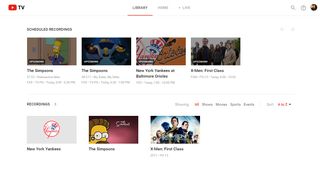
Apps for other streaming platforms are probably forthcoming, but Google hasn’t provided any solid information about them. YouTube TV could prove a very tough sell if you purchase it with only the vague hope that it will someday be compatible with the devices you already own.
First Impressions
So far, I’m not bowled over by YouTube TV, but I’m also not disappointed with it. If Google set out to launch a competent cable service at a reasonable price with a sensible interface, it succeeded. If, on the other hand, Google set out to do something unexpected and innovative in the cable replacement space, it missed the mark.
I’ll need to spend a few more days learning the service’s ins and outs before I give it a full review. In the meantime, YouTube TV offers a free 30-day trial, so if you want to give it a spin for yourself, now is as good a time as any.
Sign up to get the BEST of Tom's Guide direct to your inbox.
Get instant access to breaking news, the hottest reviews, great deals and helpful tips.
Marshall Honorof is a senior editor for Tom's Guide, overseeing the site's coverage of gaming hardware and software. He comes from a science writing background, having studied paleomammalogy, biological anthropology, and the history of science and technology. After hours, you can find him practicing taekwondo or doing deep dives on classic sci-fi.
-
Alex_421 I just sign on for the trial as well and found out it's not working with Amazon Fire TV,(yet).Reply
Very disappointed, on top of that, there is no HD on live channel....WTH... all are 480P. -
Tysl332 I was surprised that it doesn't have Android TV support yet, also to answer your question ALEX_421 I found out the resolution of the video is only as good as not just your network speed but the hardware as well. I stream up to 720p on my phone, tablet, and my surface pro 3 but I also got an old 2002 MacBook pro and it'll only stream up to 480p, I have an external wireless AC adapter and gigabit Ethernet on it But still streams in 480p but has no issues streaming in 720p on my surface pro 3 so if you had a computer with the latest hardware and graphics card I'm betting it would stream in 1080p. I'm still playing with it, but I wouldn't subscribe to it until they add more features and channels.Reply -
Tysl332 Also your recorded shows after they've aired and you go to watch you have the option to watch your pre recorded content in full HDReply

